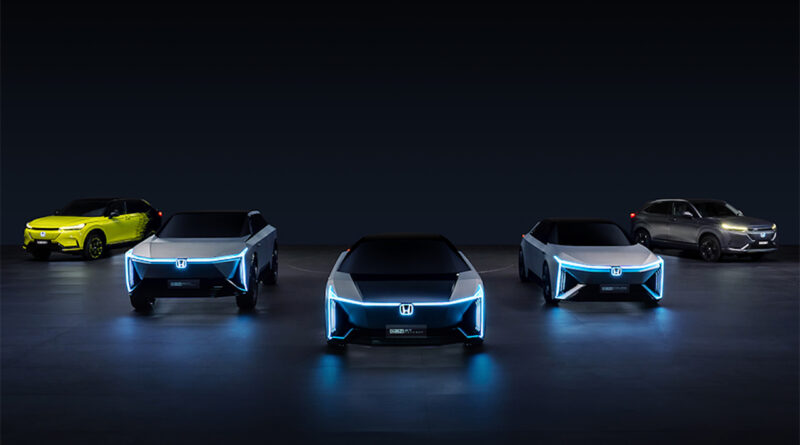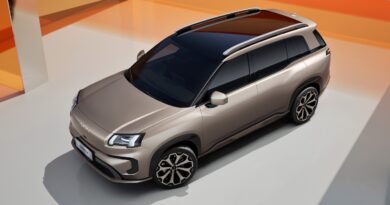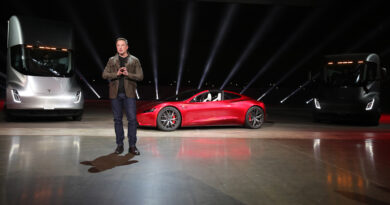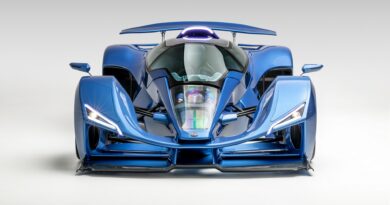Honda Australia puzzles over EV plans
While Honda’s global $56 billion electric vehicle revolution picks up pace, the Japanese giant’s Australian division says its first EV won’t be launched any sooner than late 2023.
Honda has committed to a global roll-out of 30 EVs by 2030 and in theory they are all available to Honda Australia. But that number will be quickly whittled away.
Honda Australia director Stephen Collins told EVcentral there were a variety of reasons for the uncertain state of local EV supply including vehicles only being made in left-hand drive, business cases not stacking up and the uncertain nature of local policy on the transition to EVs.
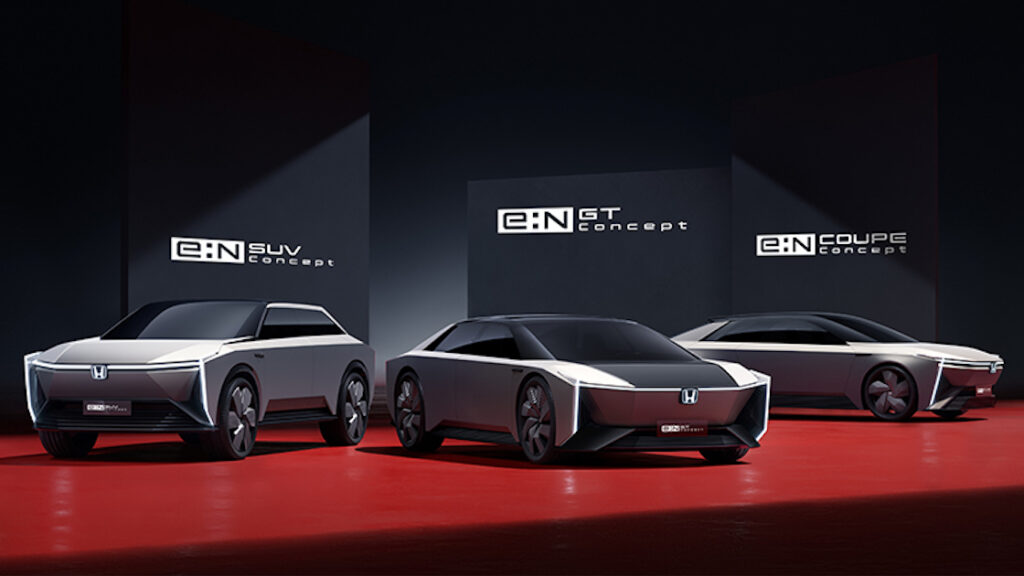
“There are a lot of factors that we are trying to puzzle together to land on what we are going to have and when we are going to have it. We don’t have all those answers today,” he admitted.
READ MORE: Honda to go EV only in Australia by 2040
“The global announcement is 30 BEVs by 2030 and we will be looking at each one of those and what’s suitable.
“But the focus for the next couple of years is hybrid.”
Honda Australia has just launched a hybrid version of its new-generation HR-V small SUV. It will add a hybrid Civic hatchback around September this year.
A hybrid will also be part of a new medium SUV range to launch in early 2023, as well as the next-gen CR-V family SUV and Accord large sedan by the end of that year.
That roll-out clears the decks then for a focus on EVs, which Honda is now starting to roll out.
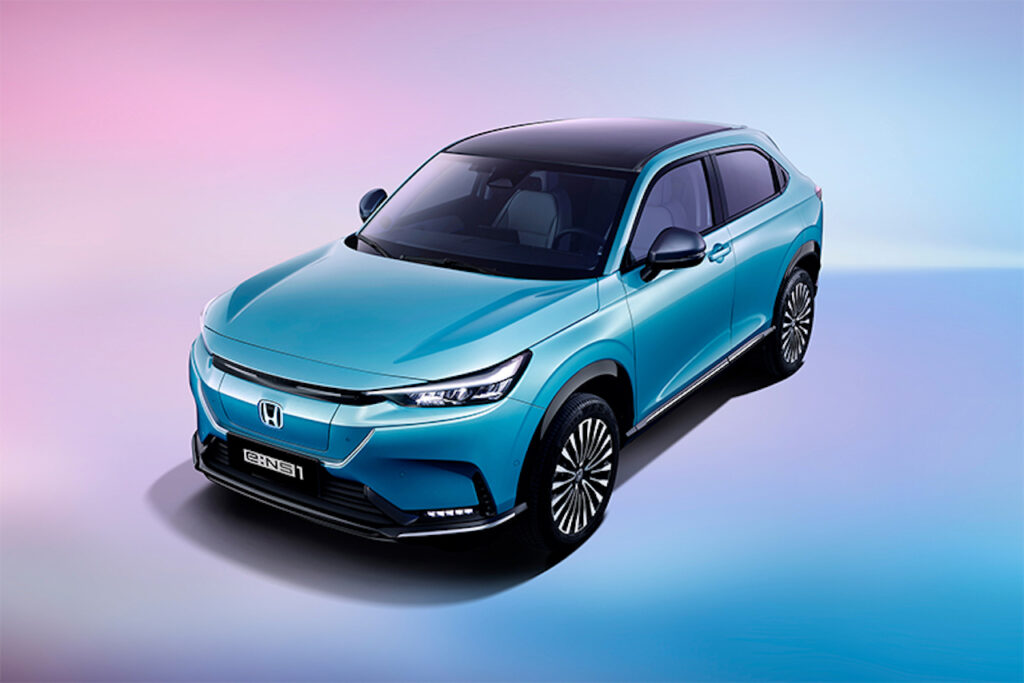
The funky Honda e mini-car is on-sale in Europe while the e:NP1 and e:NS1 small SUVs are now launching in China. The similar e:Ny1 launches in Europe in 2023.
A family SUV, two commercials and a mini car are scheduled for Japanese launch by 2025. In the USA in 2024 two BEVs based on General Motors’ Ultium architecture will be rolled out. Honda and GM have also committed to building series of cheaper EVs beyond that.
Honda will also co-operate with Sony on the build of its EVs and has its own stand-alone model plans, including a pick-up and two sports cars.
It intends to launch 10 EVs in China by 2027, build two million EVs in 2030, assemble its last internal combustion engine by 2040 and be carbon neutral by 2050.
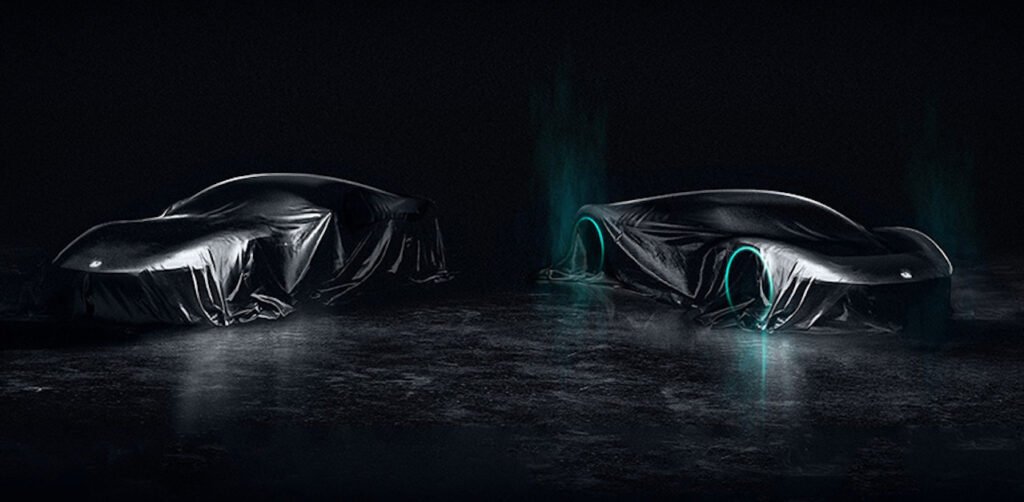
“The global announcement about 30 BEVs ranging from commercial vehicles right up to sports car is under the Honda umbrella and that is what would be under discussion for us,” said Collins.
“We are working through all the options now. A lot of them are for the US market and other left-hand drive markets globally. I couldn’t tell you if 20 of them were left-hand drive or right-hand drive.
“What that looks like for us now is not super-clear into the next five, six or seven years.
“Also, a lot of the progress will be determined here by the pace at which the government mandates CO2 emissions. The industry has a voluntary system now, but policy uncertainty on that is not easy for nay OEM to be talking about bringing the latest technology to this market.
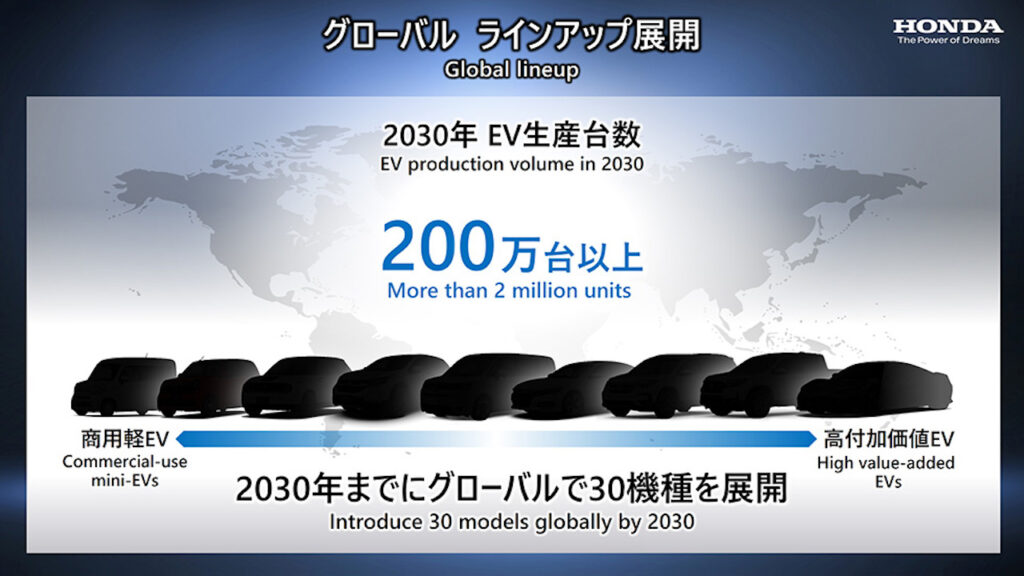
“That’s got to play out as well.”
Collins said Honda Australia had presented to its parent what type of models make sense in the local market. That means SUVs considering they claim more than 50 per cent of sales.
But Collins was clear Australia would be keen to take the BEV sports models if they made economic sense.
“We’d be at the front of the queue,” he said.

